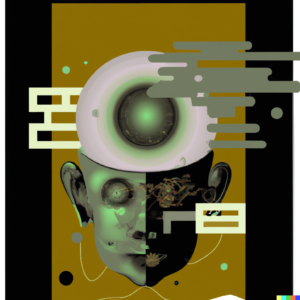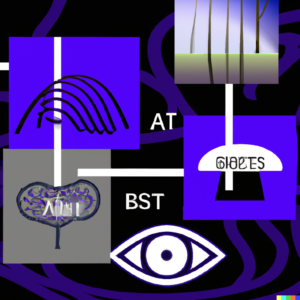The world is constantly changing as technology advances. This change gets magnified in the marketing & advertising world. A great example of this was the rise of social media and the evolution of mobile devices. This change has resulted in a majority of marketers working in digital because the best way to reach an audience now, is through their phones and laptops. These are roles that didn’t exist twenty years ago.
The next evolution in the constantly-changing marketing industry is the emergence of AI-related roles. A recent Nielsen study found that in 2021, 71% of marketers feel that having AI is vital for marketing tactics while 78% of marketing leaders plan on investing in AI this year. The next evolution of digital marketing isn’t approaching; it’s already here.
Any marketing professional’s career path will reflect this changing landscape. Performance marketers for digital media company will need to gain experience in the new AI world. At Junction AI as an artificial intelligence & analytics platform that harnesses brand and user-generated content for data-driven insights its central to our work. These insights are the future of the industry, they help explain what works and why, what audiences want, and what features and benefits are most in-demand with a specific audience.
With this shift to a more data-driven approach, my process of unpacking insights and providing value to clients has changed. Below are three beginner tips that I found useful at the start of a marketer’s journey into the world of AI:
Learn The Language Of AI & Simplify It
As with any new technology, there is always a learning curve when it comes to understanding the complexities, and the terminology used to describe how it works. Using online resources to look through common AI terms and simplifying them is beneficial not just for your own edification, but also to help clients process what it all means—chances are that it’s also their first dip into the AI waters. 20 Data Science and AI Terms You Need to Know is a great study guide, as is Do You Know The Difference Between Data Analytics and AI Machine Learning?
Know the 5 Ws of a client’s product before unpacking the data
Before you start digging through audience data, you need to understand the client’s past strategy and the main problems they want to solve using AI. Doing this will help you better connect the dots when analyzing the data and processing what it means.
The data provides you with all the ingredients, but you have to cook the perfect dish
A vital technique to learn when using a data-first approach is the ability to pick out insights that are not obvious and can help tell a new, insightful story. In my experience, most clients resort to using AI when they feel that the tools they already use can’t help solve their problems. You don’t want the client to feel like they wasted their time by telling them something they already know.
The data gives you all the information, but you need to use your marketing knowledge to pick apart the information to tell the right story. Think of this process as combining AI machine learning with human creativity.
Adapting to new technology and using new data-first methodologies has a learning curve when you’re coming from a performance marketing or agency background but using these simple steps can put you on the right path when it comes to your new, AI journey.




